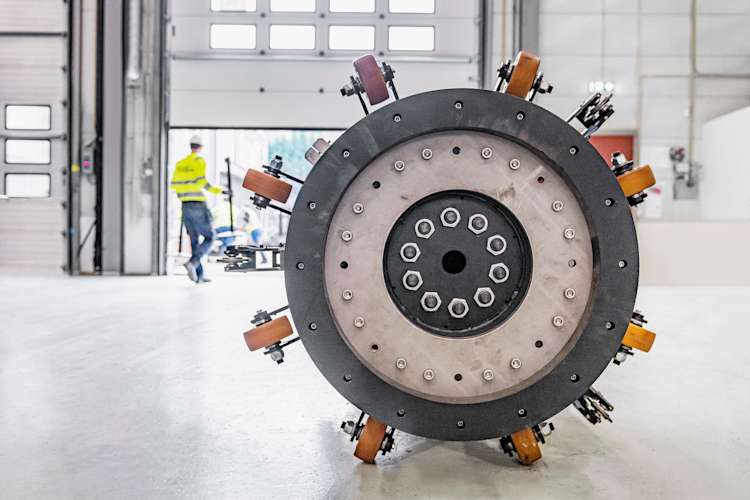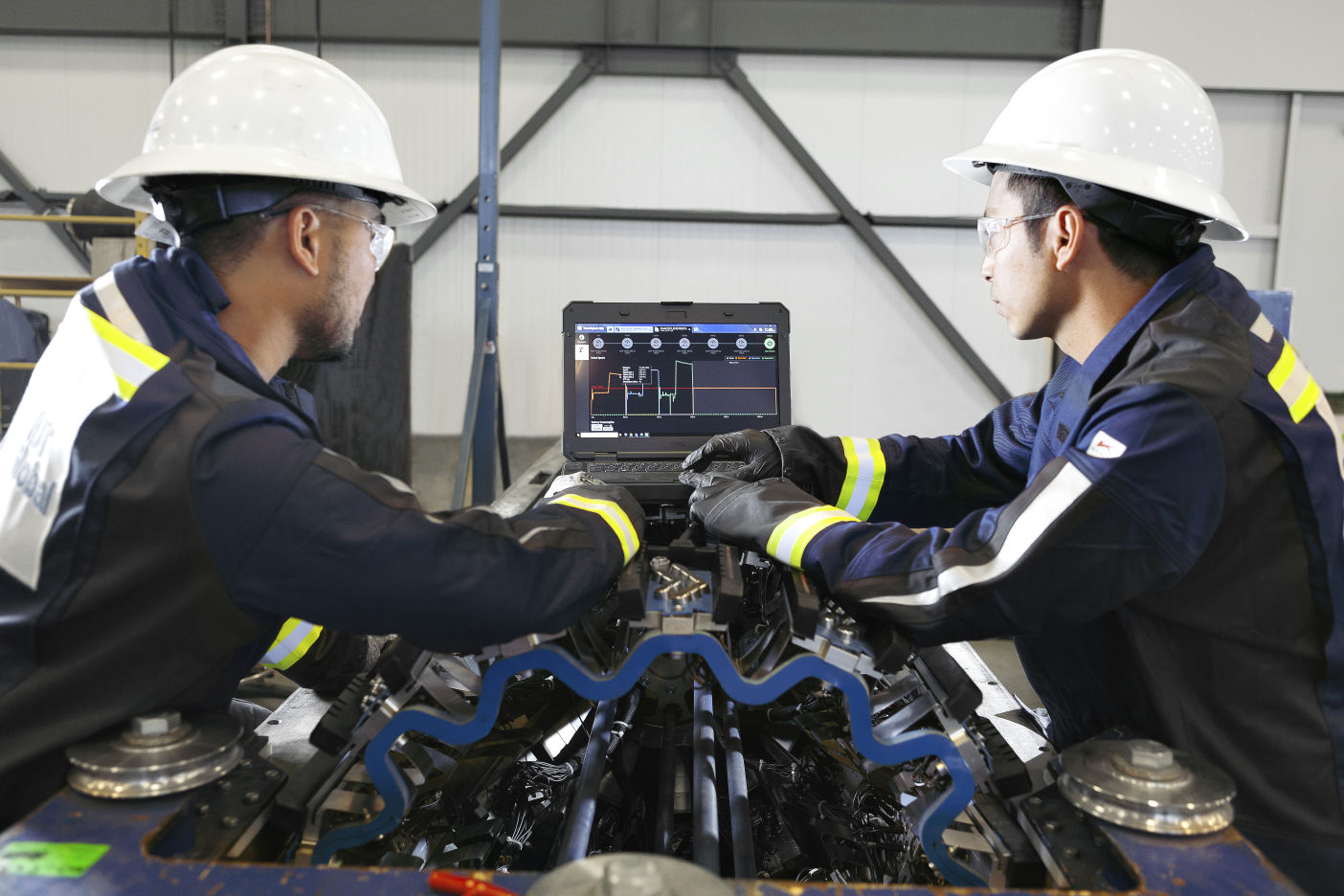The offshore oil and gas industry remains a critical pillar of global energy supply, yet it faces ongoing challenges that demand constant innovation. Aging infrastructure, extreme operational environments, and the increasing complexity of pipeline networks underscore the need for advanced inspection solutions. In response, leading operators are turning to Acoustic Resonance Technology (ART), a next-generation approach that is transforming offshore pipeline integrity management.
The Need for Pipeline Inspection Alternatives
For decades, operators have relied on Magnetic Flux Leakage (MFL) technology for inline pipeline inspection. While well-established, MFL can sometimes yield ambiguous results, leaving operators uncertain about pipeline conditions. The demand for more precise and reliable inspection methods has led to the rise of ART.
Gary Dye, Senior Project Manager at NDT Global, explains that ART provides a direct measurement method, eliminating some of the limitations associated with traditional techniques. "In the past, alternatives to MFL included ultrasonic testing, which often required flooding or batching and was generally impractical. ART Scan was first introduced in 2014 as a viable alternative to MFL for gas pipelines and was soon successfully deployed in liquid pipelines as well."
The ART Advantage
ART has revolutionized pipeline inspection by providing greater accuracy, flexibility, and adaptability in extreme offshore environments.
No two pipeline systems are identical, which is why ART can be tailored to meet the specific needs of different inspection scenarios. ART's adaptability allows it to traverse multi-diameter pipelines, wye passages, and long-distance pipeline sections. "It is even flexible enough to navigate and accurately record data in high-paraffin crude lines," says Dye.
One of ART's most significant advantages is its precision. The technology delivers sub-millimeter accuracy in wall thickness measurement, a substantial improvement over MFL's relative depth-sizing. ART enables operators to detect and analyze mid-wall laminations, buckles, and corrosion with an unprecedented level of detail.
Offshore pipelines often operate under high pressure and at extreme depths. ART has been successfully deployed in high-pressure applications exceeding 500 bar (7500 psi) and on corrosion-resistant alloy (CRA)-lined pipes. Additionally, ART’s ability to function in both gas and liquid environments makes it an invaluable tool for offshore inspection.
A Decade of Success: Lessons from the Field
Over the past ten years, ART has inspected more than 10,000 miles of operational pipelines worldwide. Notable achievements include the completion of the longest ultrasonic inline inspection (ILI) run in history—over 600 miles in a single deployment.
One key lesson learned is ART’s ability to operate effectively in pipelines with high paraffin content. Unlike conventional ultrasonic tools that struggle with wax deposits, ART’s unique frequency range enables accurate data collection even through paraffin buildup. This capability is particularly valuable for crude oil pipelines, where wax accumulation is a common issue.
The Future of Offshore Pipeline Inspection
As the industry continues to evolve, the need for innovative, reliable, and precise inspection solutions will only grow. ART has proven to be a game-changer for offshore pipeline integrity, offering operators a dependable method for ensuring long-term safety and efficiency. With its unmatched accuracy, adaptability, and performance in extreme conditions, ART is setting new industry standards and redefining offshore inspection strategies for years to come.
For more information on how NDT Global’s ART Scan technology can support your offshore pipeline integrity program, visit www.ndt-global.com.

